A movie that explains the script technique of 'Jurassic Park' which drew out the theme 'How to face technological progress'

" Jurassic Park " which draws the spectacle at the theme park where dinosaurs are resurrected to the present age has gained high popularity with its exciting actions and images of great power, among which among them Screenplay techniques are used. About the strange scenario of such "Jurassic Park", the YouTube channel " Lessons from the Screenplay (LFTS) " which analyzes the screenplay technique in the movie explains.
Jurassic Park - Using Theme to Craft Character
LFTS points out that Jurassic Park depicts two contrasting characters to express that theme.
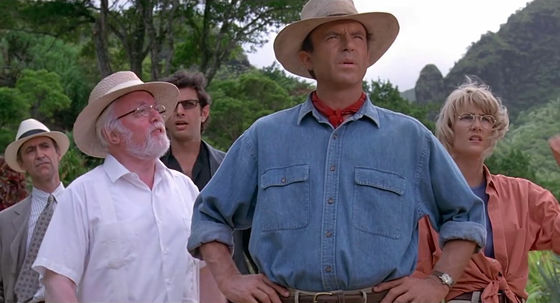
In the movie, how the theme of the story affected the shaping of the main character, how the composition of the story and sub-characters worked on the main characters' beliefs, and how each option is It analyzes whether it expanded the theme and was grown to an uncontrollable monster.
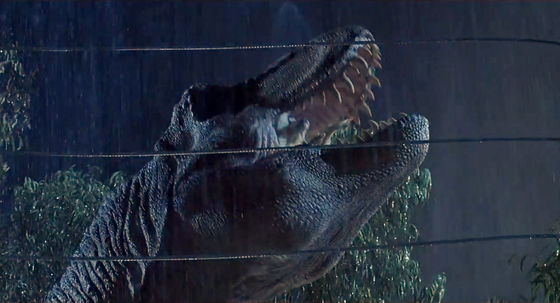
When the original author Michael Crichton was working on a screenplay "Technique for reproducing dinosaurs", I faced the problem of "This type of research is extremely expensive". As a breakthrough of this problem, I thought that "As long as we are concerned about entertainment, we solve the problem of who will pay for research." Thus the idea of "The Dinosaur Theme Park" was the basis.
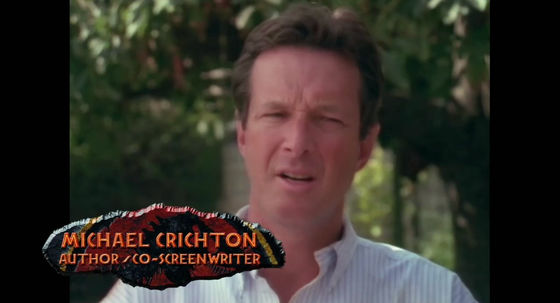
The theme proposition of Jurassic Park is "Is it really a good idea to bring back horrible extinct animals?" That means "Do you mean that you should exercise that technology because you have technology to make something?" In the movie in a broader sense, we are rephrasing again that "everything we call" progress "has actually advanced.
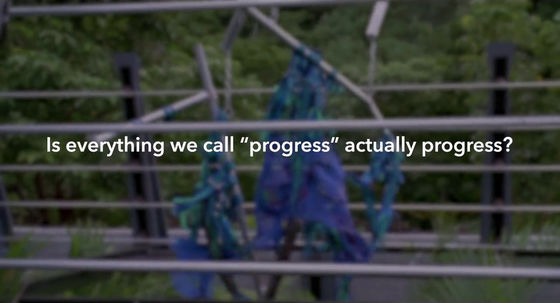
Regarding this proposition, I did not think that Crichton could easily answer. Therefore, Dr. Kright and Screenplay David Corp made use of this theme as a blueprint and created two characters with opposite viewpoints.

The first one is Dr. Alan Grant who has a retrospective perspective on "progress". Even in the play "I hate computers" is said.
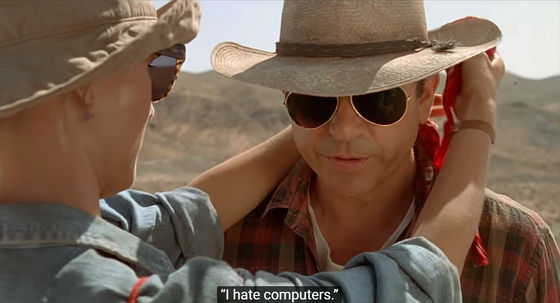
What Grant does not believe in technology at all has been repeatedly painted in the works. In addition, he shows discord for what symbolizes the "future", and it also appears in that Grant dislikes children.
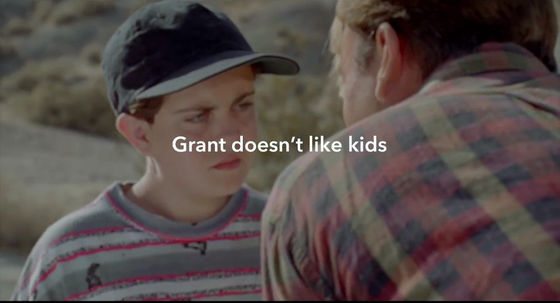
Grant clearly shows the aspect of retroactive attitude towards progress. John Hammond, the foremost player in park construction, was positive towards technological progress and did not think about the danger of restoring dinosaurs in genetic engineering.
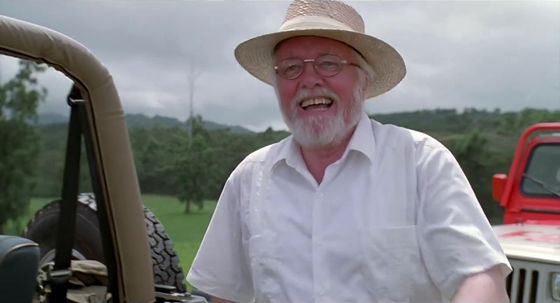
Even when one of the workers was attacked by Velkilaptur and lost his life, Hammond's sole concern was that the incident might delay the opening of the park.
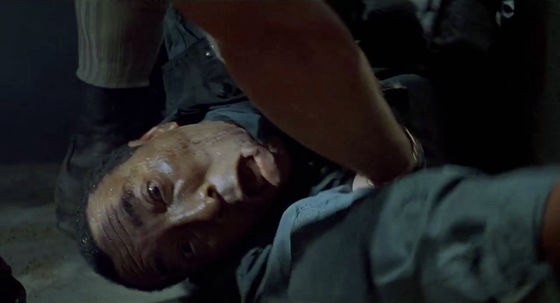
The nature of Hammond is manifested in the catchphrase he prefers "spared no expense" and indicates a willingness to spend all costs for the purpose. The first phase of Jurassic Park construction was to establish a way of thinking about Grant and Hammond's "progress".
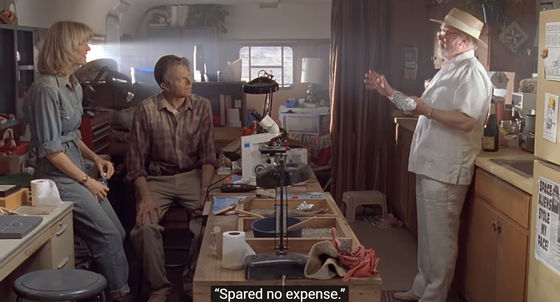
However, it is not enough to say that characters have different perspectives. In order to explore the theme, we have to find a way to verify the belief of the character.

In the second act, Grant and Hammond divided with a fence through which a current of 10,000 volts flows. This allows you to encounter unique situations that each attack their own beliefs.
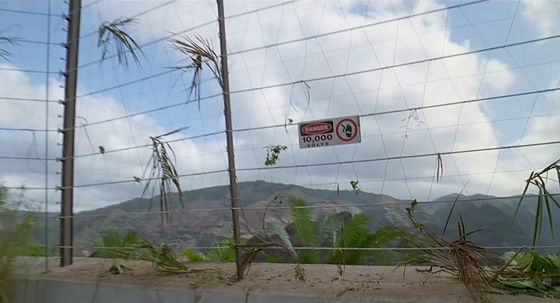
When a threat appears everywhere on the island, Grant was forced to do without help of any technology. At the same time, I decided to carry the life of Hammond 's grandchildren on that body.
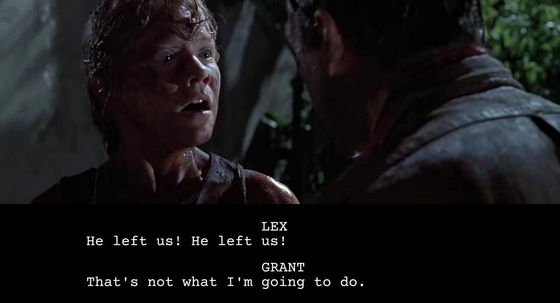
Throughout the story, Grant recognizes that he is resisting what he calls "progress" in his life and is about to change.
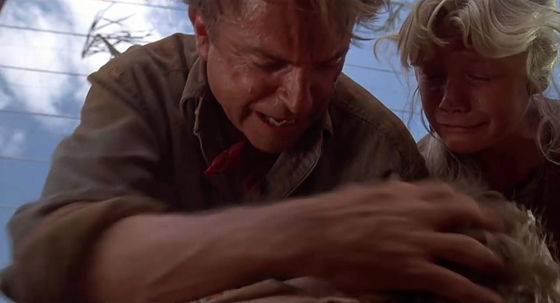
Meanwhile, Hammond is confronted with the fact that the dinosaurs he resurrected messed up the parks he created, and also beloved grandchildren are threatening. Hammond realized that he had loved the feeling that he was able to dominate the progress he spent at every cost.
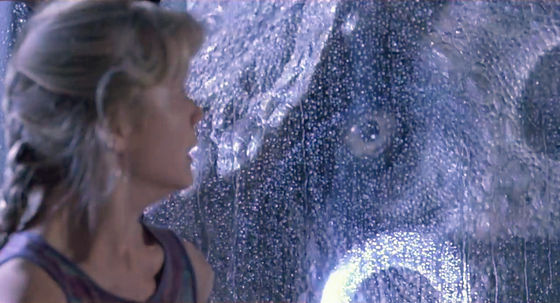
Besides, skillfully arranging sub characters to stimulate the beliefs of Grant and Hammond. Grant's research assistant Dr. Erie Satter and Dr. Ian Malcolm, a mathematician specializing in chaos theory, accompanied him to test the character of Grant.
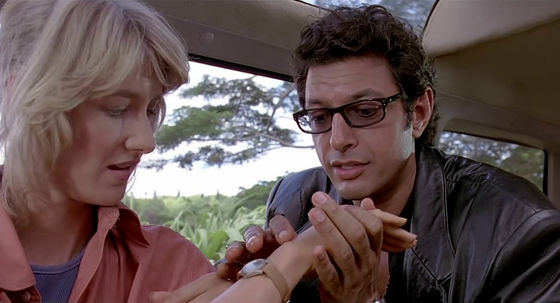
Through Grant and Malcolm's interaction, Dr. Sainter can ask for and notice some of the characteristics Malcolm has and lacking in grant. This suggests that if you do not figure out how Grant evolves, you may lose Dr. Satler.
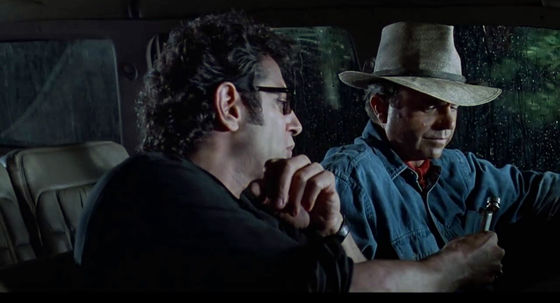
Malcolm is also responsible for testing the nature of Hammond. Hammond, which is positive to progress, has an obsession that "You should do it if you can," but Malcolm explains the importance of "thinking whether to do" against it.
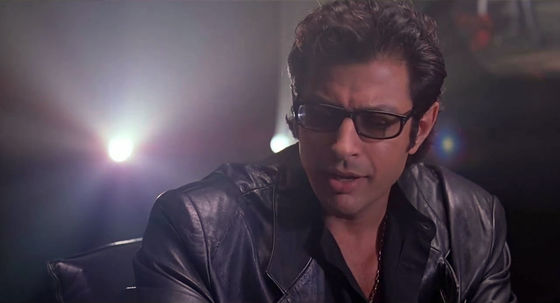
When Malcol suffered injury, this time Satler points out the Hamonds belief weak point. Contrary to Dr. Satler who is still motivated to "be able to control again", Dr. Satler said "I can control it, it's an illusion, you do not have control in the first place." "The only things that are important now are those we love," Dr. Satler reminds Hammond.
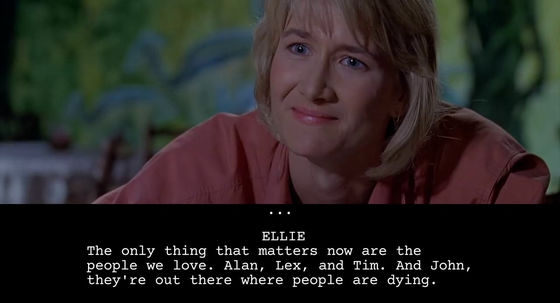
At the end of this exchange, remember the Hatchtone's catchphrase. The prospect of Hammond's "progress that spent everything" ended in failure in the event of a disaster.
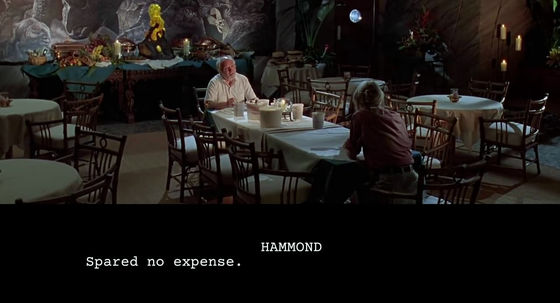
What is important is that sub-characters exist to stimulate the beliefs of Grant and Hammond and focus on the theme. Continued to be stimulated through the story, they learned to evolve. Grant can not ignore that it was thanks to computer technology that all the characters were rescued by the movie climax.
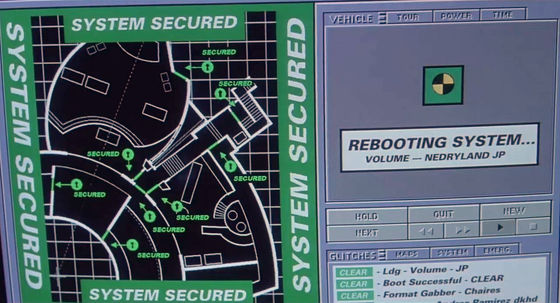
Hammond also recognizes that the cost of progress is sometimes too high. It is speculated that the responses to the propositions at the core of the theme are brief, as they both changed their beliefs.
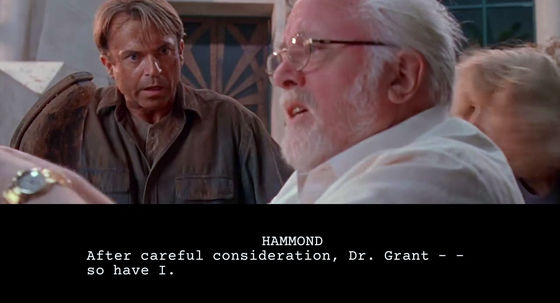
Crichton says as follows. "We feel like living in a society that accepts the development of technology anyway as a wonderful thing, is not it wonderful that we all have a computer? My answer is" Jesus There is also "no". "

LFTS highly appreciates Jurassic Park as a wonderful example of how to design a screenplay according to the theme. Through the story, praising the wonders the technology can provide, warning the danger of irresponsible progress.
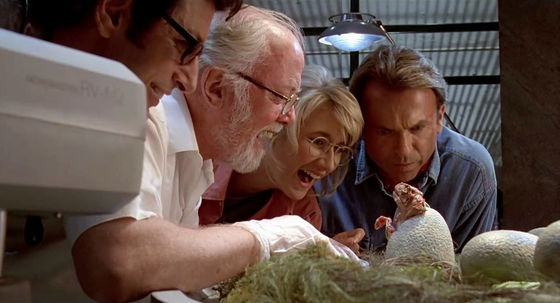
Related Posts:






